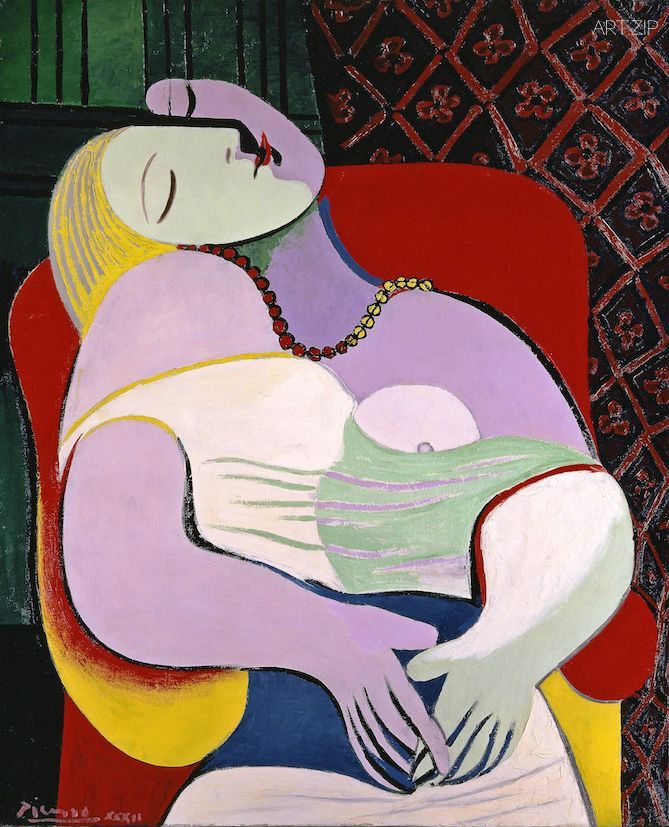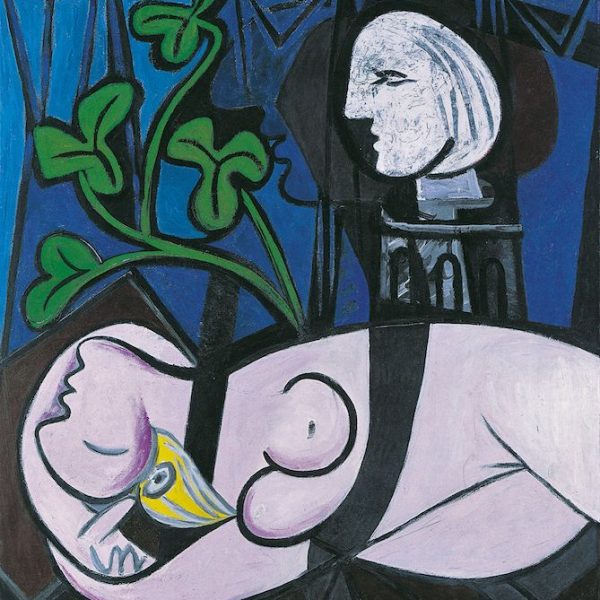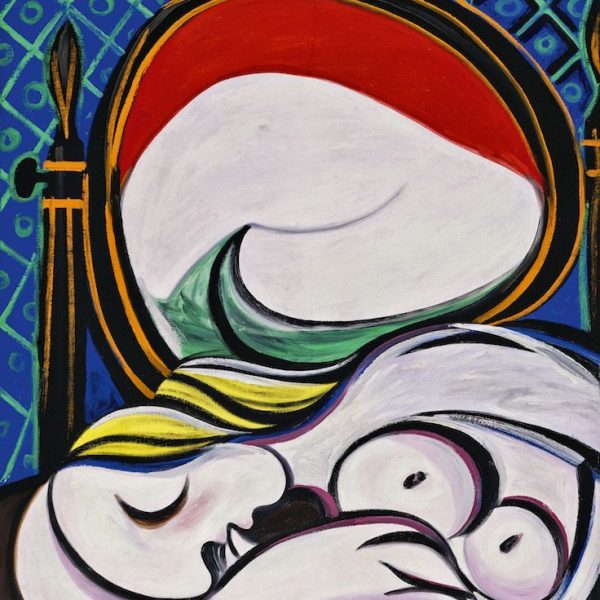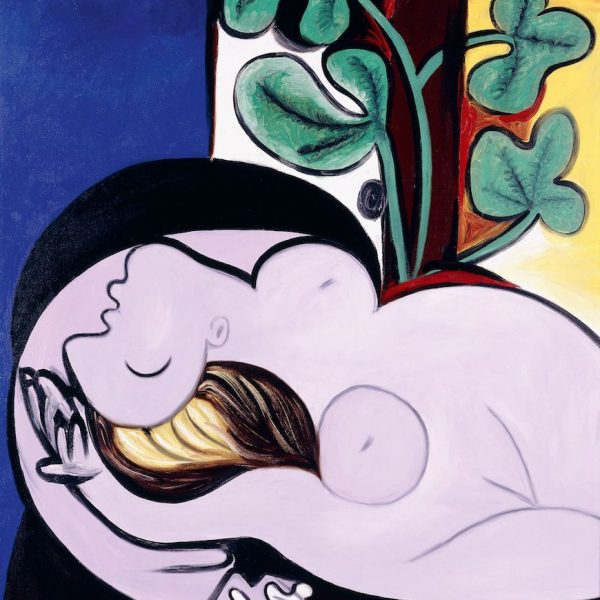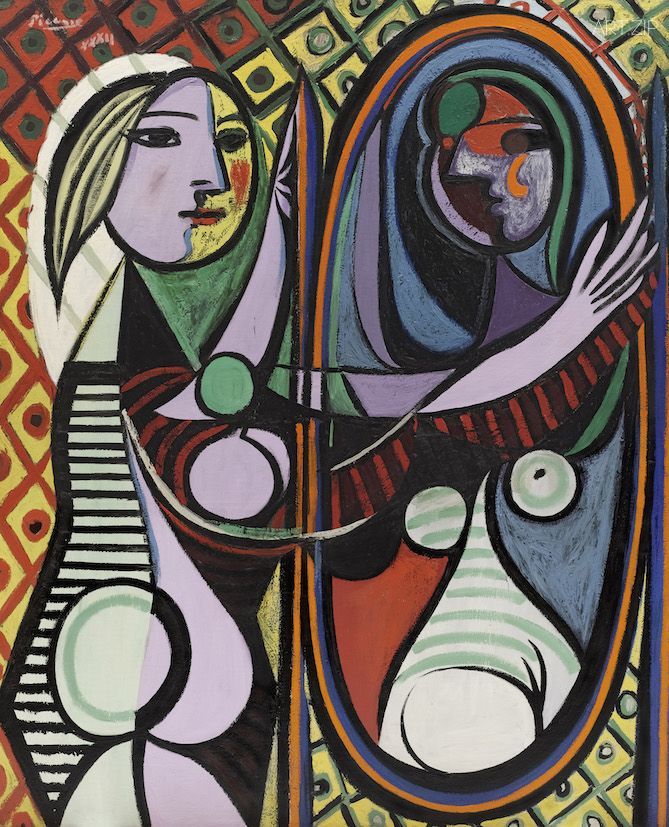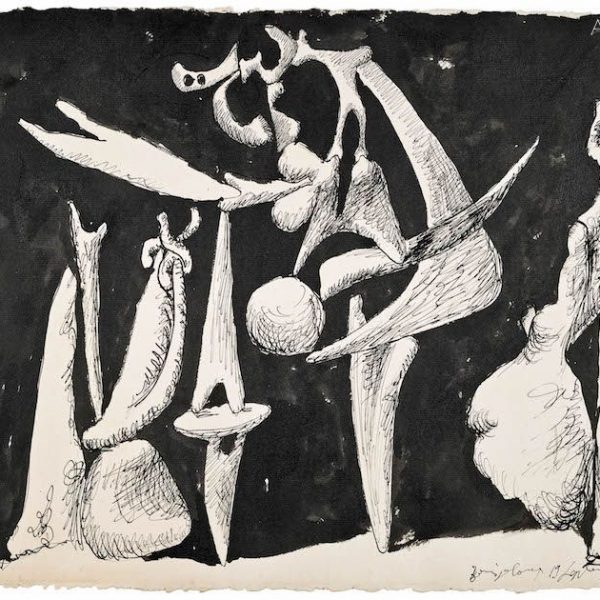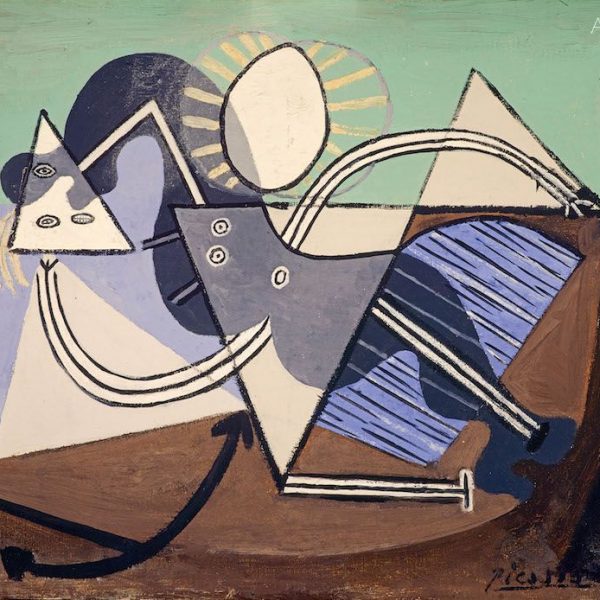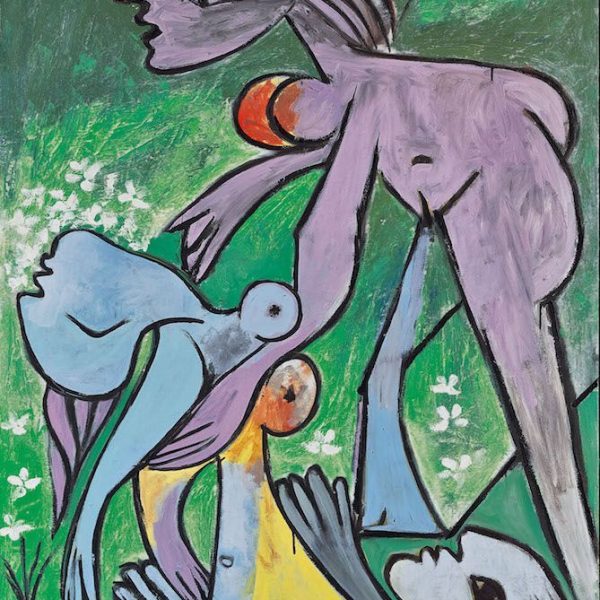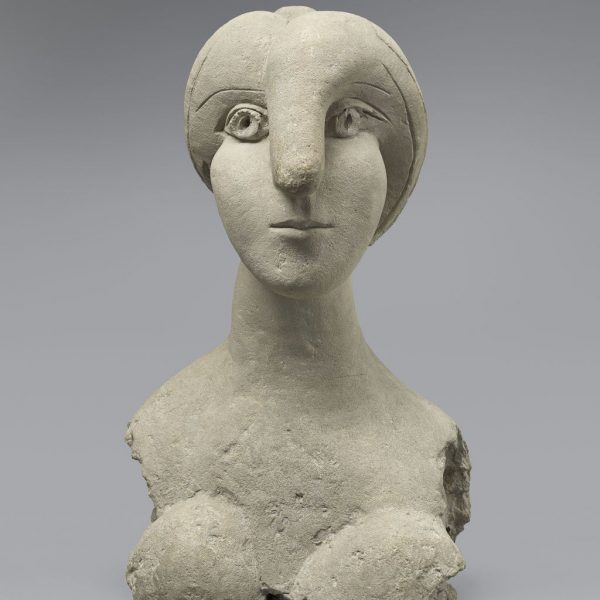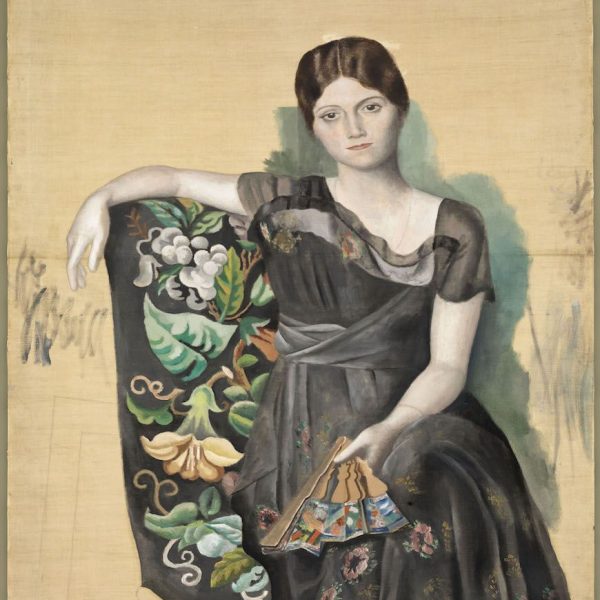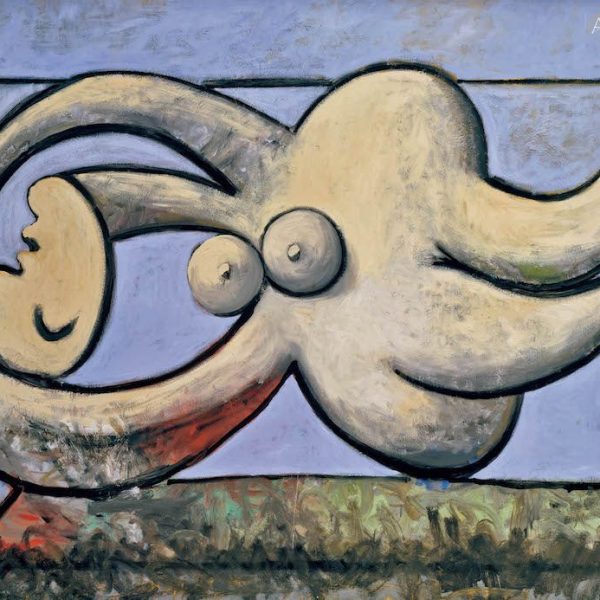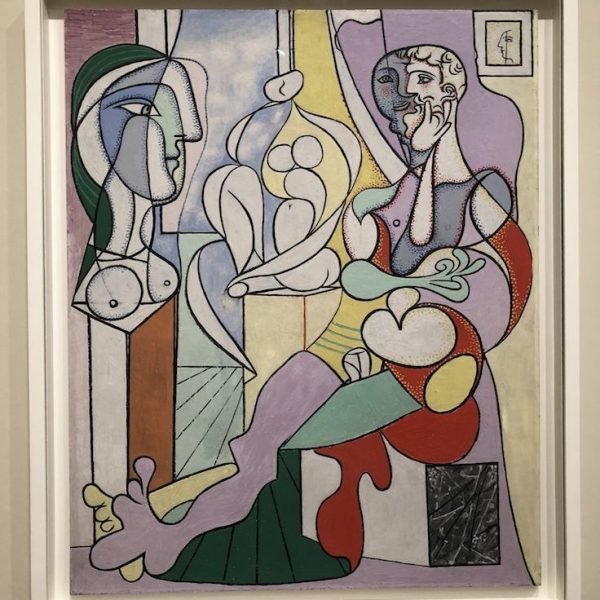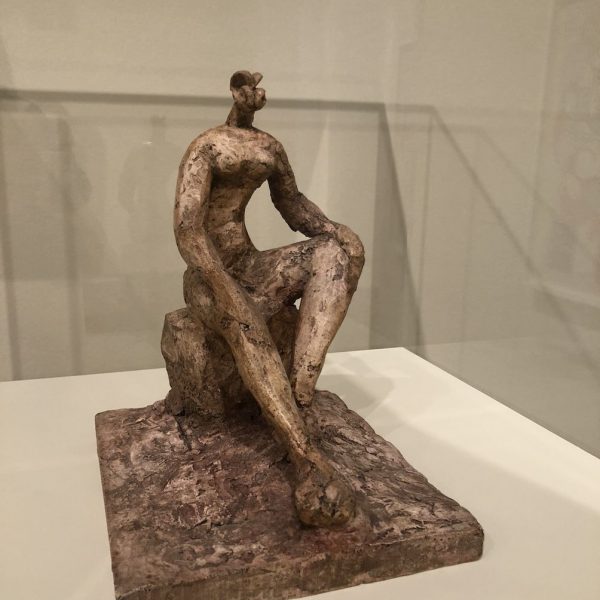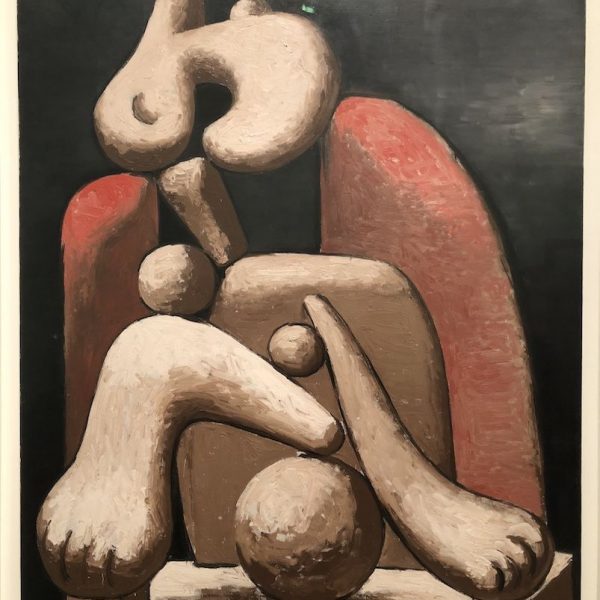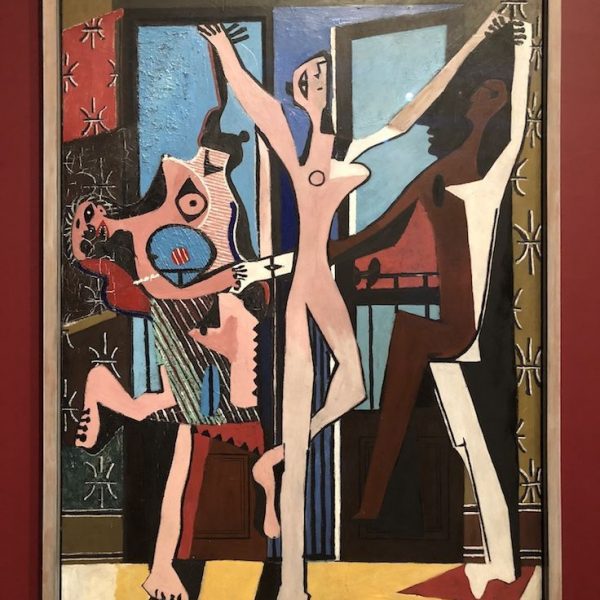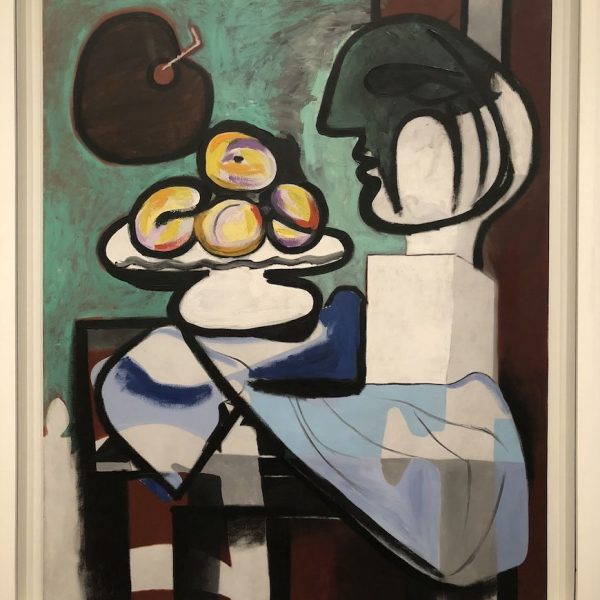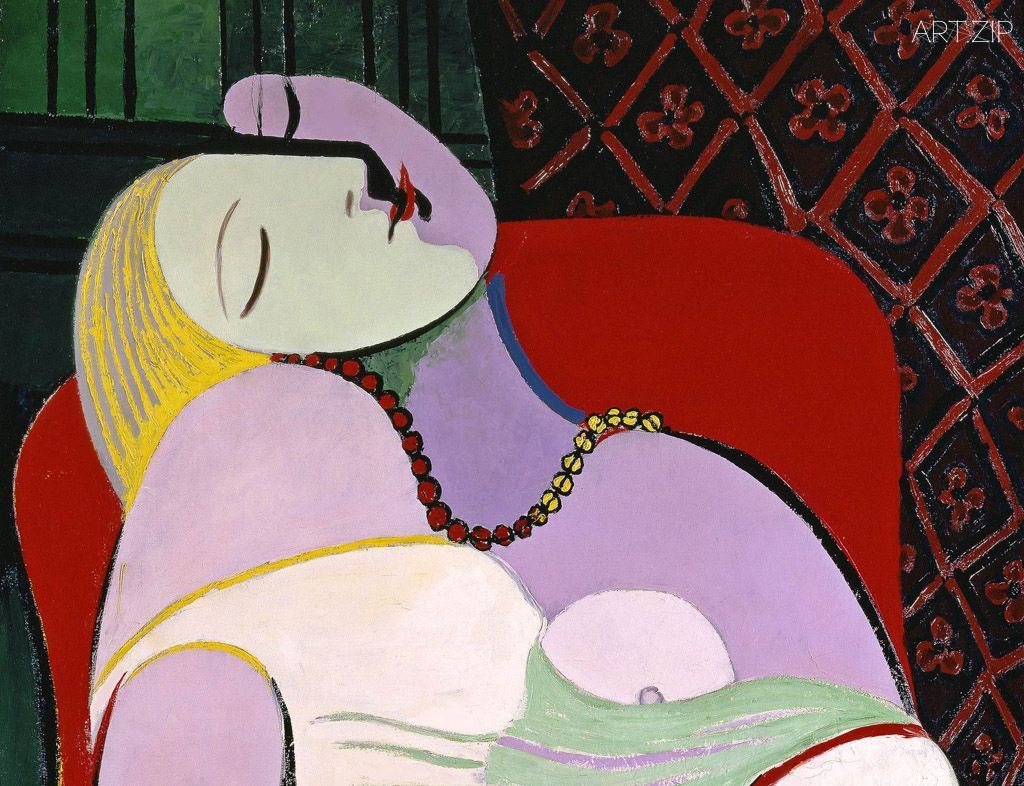
Tate Modern
8 March – 9 September 2018
45 years after the artist’s death, Tate Modern stages its first ever solo exhibition of Pablo Picasso’s work, one of the most ambitious shows in the museum’s history. The EY Exhibition: Picasso 1932 – Love, Fame, Tragedy takes visitors on a month-by-month journey through 1932, a time so pivotal in Picasso’s life and work that it has been called his ‘year of wonders’. More than 100 outstanding paintings, sculptures and works on paper demonstrate his prolific and restlessly inventive character, stripping away common myths to reveal the man and the artist in his full complexity and richness.
1932 was an extraordinary year for Picasso, even by his own standards. His paintings reached a new level of sensuality and he cemented his celebrity status as one of the most influential artists of the 20th century. Over the course of this year he created some of his best loved works, including Nude Woman in a Red Armchair, an anchor point of Tate’s collection, confident colour-saturated portraits and Surrealist experiments, including 13 seminal ink drawings of the Crucifixion. His virtuoso paintings also riffed on the voluptuous sculptures he had produced some months before at his new country estate.
- Pablo Picasso, Nude, Green Leaves and Bust, 1932
- Picasso, Pablo The Mirror, 12th March 1932
- Picasso, Pablo, Nude in a Black Chair 1932
In his personal life, throughout 1932 Picasso kept a delicate balance between tending to his wife Olga Picasso (nee Khokhlova) and their 11-year-old son Paulo, and his passionate relationship with Marie-Thérèse Walter. The exhibition brings these complex artistic and personal dynamics to life with an unprecedented range of loans from collections around the world, including the Musée national Picasso-Paris and major international museums, as well as many works held in private hands. Highlights include Girl before a Mirror, a signature painting that rarely leaves The Museum of Modern Art, and the legendary The Dream, a colour-saturated rendering of Walter in dreamy abandon which has never been exhibited in the UK before.
1932 was a time of both reflection and rejuvenation. Having recently turned 50, in collaboration with Christian Zervos, Picasso embarked on the first volume of what remains the most ambitious catalogue of an artist’s work ever made, listing more than 16,000 paintings and drawings. Meanwhile, a group of Paris dealers beat international competition to stage the first ever retrospective of his work, a major show that featured new paintings alongside earlier works in a range of different styles. Realist portraits of Olga and Paulo Picasso from a decade earlier revealed the artist’s pride in and tender feelings for his family, while the first public showing of his most recent paintings inspired by Walter made public what had previously been a well-kept secret affair. The paintings from March including Nude, Green Leaves and Bust, Nude in a Black Armchair and The Mirror were immediately recognised as a pinnacle of Picasso’s artistic achievement of the inter-War period. This dazzling group is reunited at Tate Modern for the first time in 86 years.
Picasso’s split existence between his homes and studios in Boisgeloup in Normandy and central Paris capture the contradictions of his life at this pivotal moment: divided between countryside retreat and urban bustle, established wife and recent lover, painting and sculpture, sensuality and darkness. The year ended traumatically when Walter fell seriously ill after swimming in the river Marne, losing most of her iconic blonde hair. In his final works of the year, Picasso transformed the event into scenes of rescue and rape, creating at the same time an analogy for the thunderclouds gathering over Europe: from the crisis of the Great Depression and mass unemployment, to the rise of Fascism including in his native Spain. The result is a dramatic finale to a year of love, fame and tragedy that pushed Picasso to the height of his creative powers.
Achim Borchardt-Hume, Director of Exhibitions, Tate Modern, and co-curator of the exhibition said: Picasso famously described painting as “just another form of keeping a diary”. This exhibition invites you to get close to the artist, to his ways of thinking and working, and to the tribulations of his personal life at a pivotal moment in his career. Visitors will be able to walk through 12 months of Picasso’s life and creative decision-making, to see many of his most ground-breaking and best-loved works in a surprising new light.
畢加索的1932年被他的傳記作者稱為“奇蹟之年”,不僅是因為創作數量眾多,還有他作品中不可思議的突變。泰特現代藝術館通過100多件作品,向觀眾全面展示畢加索人生中關鍵的1932年,破除大眾的迷思,細緻剖析他作為普通人和藝術家複雜又豐富的內心。
畢加索曾經形容自己的畫是“另一種形式的日記”,因此,了解他的生活總是能幫助我們了解他的作品。在這一年裡,畢加索在家庭生活和與情人瑪麗的熱戀之間保持著微妙的平衡。瑪麗帶來源源不斷的靈感,使他創作了包括《鏡前少女》、《紅色扶手椅中的女人》和《夢》等一系列傳世名畫。在巴黎舉辦的大型回顧展更加鞏固了他作為20世紀最有影響力的藝術家地位。
當時畢加索時而住在諾曼底的布瓦熱盧,時而前往巴黎市中心的家和工作室,這正像是他人生中許多的對立點:鄉村的隱居和城市的喧鬧、舊愛和新歡、繪畫和雕塑、縱慾和黑暗。最終,1932年底,瑪麗在河裡游泳後感染,一頭金髮幾乎掉光。歐洲大陸經濟蕭條、失業嚴重,法西斯主義盛行。畢加索的作品中逐漸出現了救贖和強姦的場景。如此具有戲劇衝突的社會現實將畢加索的創造力推向另一個高潮。
展覽以時間為線索推進,展品類型涵蓋肖像畫、超現實主義繪畫和雕塑作品等,相信可以用全新的視角讓觀眾細緻了解畢加索其人和他不朽的作品。
展覽場地:泰特現代藝術館
展覽時間:2018年3月8日 – 9月9日
更多信息:www.tate.org.uk

